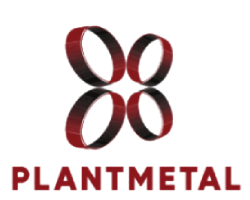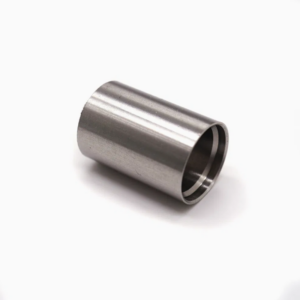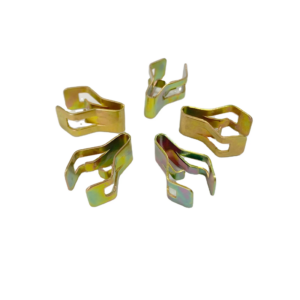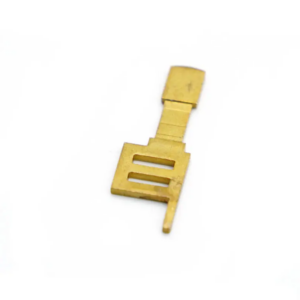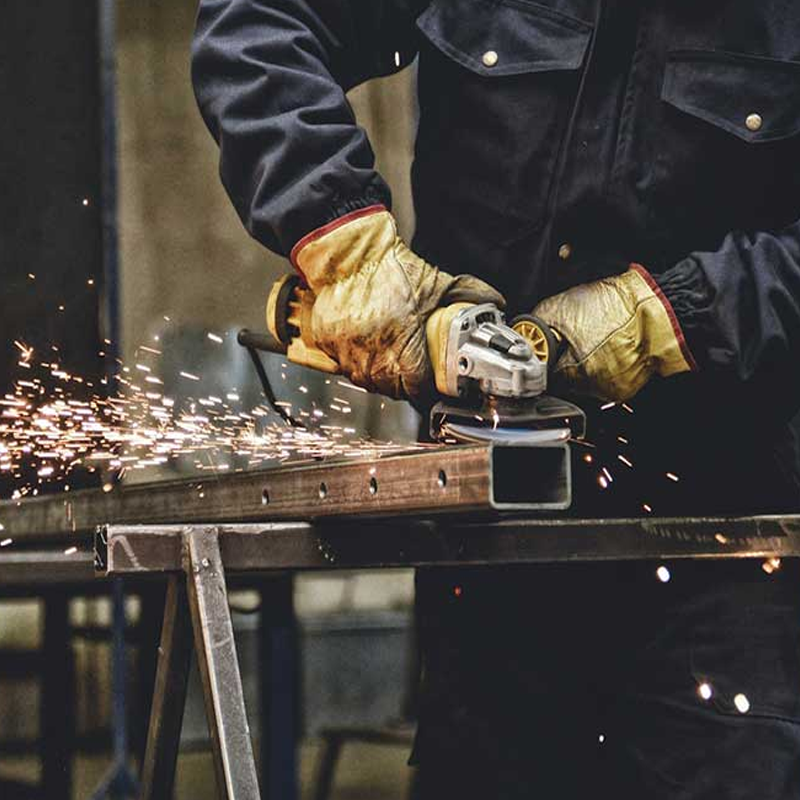Sheet metal grinding is an integral process in modern manufacturing, playing a critical role in refining metal surfaces for precision applications across various industries. Whether you’re preparing sheet metal for further treatments like coatings and finishes or ensuring dimensional accuracy, mastering grinding techniques is essential for optimal results. At Plantmetal, we leverage advanced grinding technologies and expert craftsmanship to deliver superior-quality metal components with flawless finishes. This blog will delve into the different types of grinding methods, the key considerations for optimizing grinding processes, and practical tips for achieving the best results.
Understanding Sheet Metal Grinding
Sheet metal grinding is the process of using abrasive tools to smooth, shape, or polish the surface of metal. The primary objective is to remove excess material, improve surface uniformity, and refine edges for specific functionality or aesthetic appearance. This technique is widely used in industries where precision and high-quality finishes are essential, such as aerospace, automotive, electronics, and heavy machinery.
Grinding can serve multiple purposes in metal fabrication, including deburring, cleaning, and preparing surfaces for additional processes like coating, painting, or welding. It can also be used to remove oxidation, rust, and other contaminants that could affect the final product’s performance. Depending on the material type—whether it’s steel, aluminum, brass, or specialized alloys—the grinding method may vary to ensure the best outcome for each application.
Types of Grinding Methods
There are several specialized grinding techniques employed in sheet metal fabrication, each designed for different materials, geometries, and end-use applications. Below are some of the most commonly used grinding processes:
1. Surface Grinding
Surface grinding is perhaps the most widely used method in sheet metal grinding. It focuses on creating a smooth, flat surface by removing small amounts of material in a controlled manner. This technique is commonly employed to prepare metal surfaces for further treatments like coatings, paints, or welding, where uniformity and precision are paramount.
During surface grinding, the sheet metal is typically held securely on a magnetic chuck or fixture, while a rotating abrasive wheel moves across the surface. This technique is known for its ability to achieve fine tolerances, often as tight as a few microns. It’s an essential method for achieving superior finishes and dimensional accuracy on metal parts used in industries such as aerospace and automotive manufacturing.
2. Creep-Feed Grinding
Creep-feed grinding is an advanced grinding process designed for applications requiring deeper cuts and high material removal rates. Unlike traditional surface grinding, which typically involves shallow cuts and multiple passes, creep-feed grinding uses a slow, steady feeding motion to cut deeper into the material in one pass. This method is ideal for harder materials or complex shapes, such as turbine blades in the aerospace industry.
One of the key benefits of creep-feed grinding is its ability to remove a significant amount of material with minimal heat buildup, making it ideal for working with materials sensitive to thermal expansion. Industries that rely on precision and high material removal rates, such as tooling and automotive, commonly use this technique.

3. Center-Type Grinding (Cylindrical Grinding)
Center-type or cylindrical grinding is used to refine the surfaces of cylindrical metal components, such as rods, shafts, and tubes. In this process, the workpiece is rotated between two centers while a grinding wheel moves longitudinally along the cylinder’s length. This method ensures precise roundness and dimensional accuracy, making it crucial in the production of components that require tight tolerances and smooth finishes.
Cylindrical grinding is widely used in industries that require high-performance components, such as automotive, medical device manufacturing, and heavy machinery. Its precision in creating cylindrical parts with minimal surface defects makes it indispensable for these sectors.
4. Electromechanical Grinding
Electromechanical grinding combines conventional abrasive grinding with electrical discharge machining (EDM) to enhance the material removal rate and improve surface finishes. In this hybrid process, an electrical current passes through the workpiece and grinding wheel, which aids in removing material and refining the surface.
This technique is especially beneficial for hard or brittle materials that would otherwise be difficult to machine with traditional grinding methods. Precision industries, such as aerospace, medical devices, and electronics, frequently utilize electromechanical grinding to achieve tight tolerances and fine finishes on complex parts.
5. Electrolytic In-Process Dressing (ELID) Grinding
ELID grinding is an advanced method that continuously dresses the grinding wheel during the process. This ensures that the abrasive wheel remains sharp and effective throughout the grinding operation, providing consistent, high-quality finishes. This technique is particularly useful in industries where ultra-precise surface finishes are required, such as optical component manufacturing and precision instrument production.
By using electrolytic fluid to refresh the abrasive surface of the wheel, ELID grinding maintains optimal cutting efficiency, achieving mirror-like finishes and perfect geometric accuracy on the workpiece.
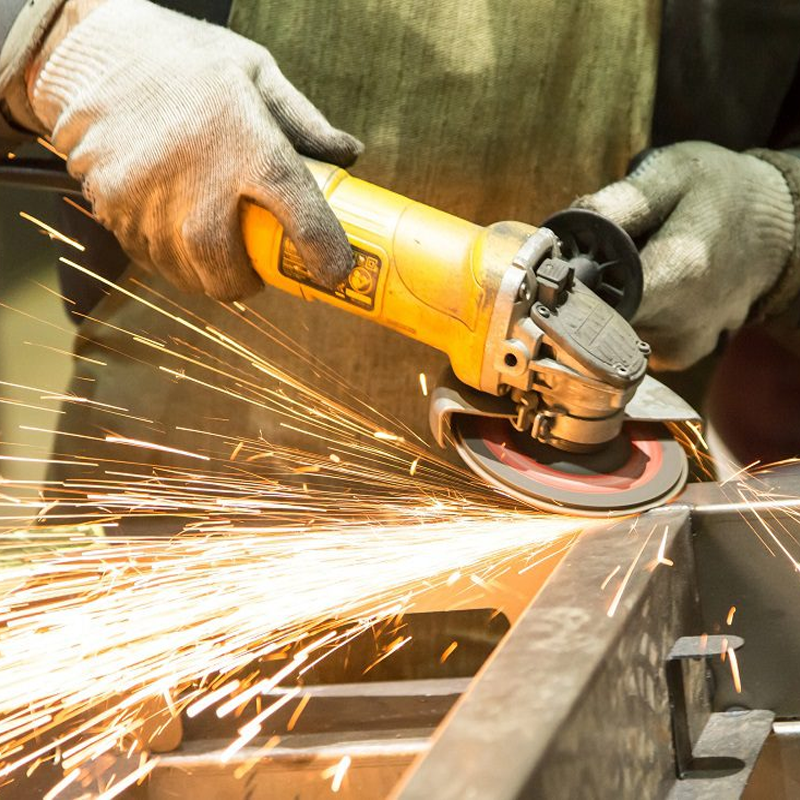
Best Practices for Optimizing Sheet Metal Grinding
To achieve the best results from your grinding operations, it’s essential to focus on the right tools, techniques, and maintenance practices. Below are some key considerations to optimize your grinding processes:
1. Select the Right Grinding Equipment
Choosing the appropriate grinder and abrasive wheel is crucial to the success of any grinding project. The type of grinder and wheel must match the material you’re grinding, as well as the desired surface finish. Softer abrasive wheels are ideal for hard metals, while harder wheels are better suited for softer materials.
2. Optimize Wheel Speed and Pressure
Each grinding operation has an optimal wheel speed. Adhering to the manufacturer’s recommended speeds ensures efficient grinding while preventing overheating of the workpiece. Similarly, applying the right amount of pressure during grinding is essential. Excessive pressure can lead to overheating and damage to both the workpiece and the wheel, while insufficient pressure can result in poor material removal and inconsistent finishes.
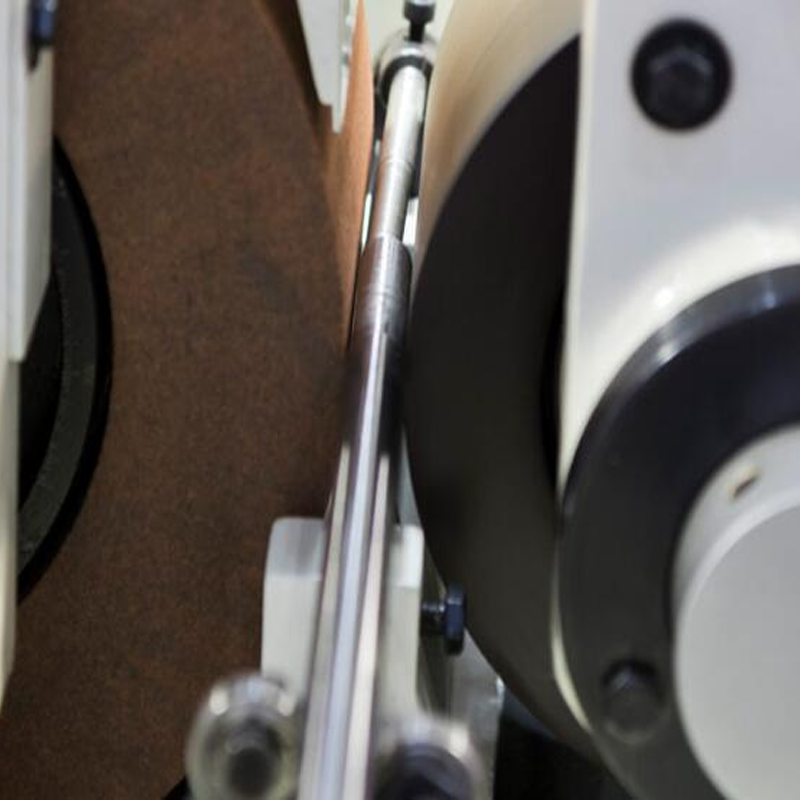
3. Maintain Proper Cooling
During grinding, friction can cause the workpiece to overheat, potentially leading to material distortion or a degraded surface finish. Using coolants or wet grinding methods can help keep both the grinding wheel and workpiece cool, preserving metal properties and improving surface finish quality.
4. Dress the Grinding Wheel Regularly
Grinding wheels can accumulate debris and metal filings over time, reducing their efficiency. Regularly dressing the grinding wheel ensures that fresh abrasive particles are exposed, keeping the wheel effective and preventing uneven finishes. A diamond dresser is commonly used to maintain wheel sharpness.
5. Ensure Proper Workpiece Setup
For accurate grinding, it’s vital to secure the workpiece properly. A stable setup prevents the workpiece from shifting during the grinding process, which could lead to dimensional inaccuracies or poor surface finishes. Fixtures, clamps, or magnetic chucks are often used to keep the workpiece in place.
6. Prioritize Safety
Safety is of utmost importance when grinding sheet metal. Always wear the necessary personal protective equipment (PPE), including safety glasses, gloves, and hearing protection. Ensure that safety guards are in place on the grinding machine, and inspect grinding wheels for cracks or damage before use.
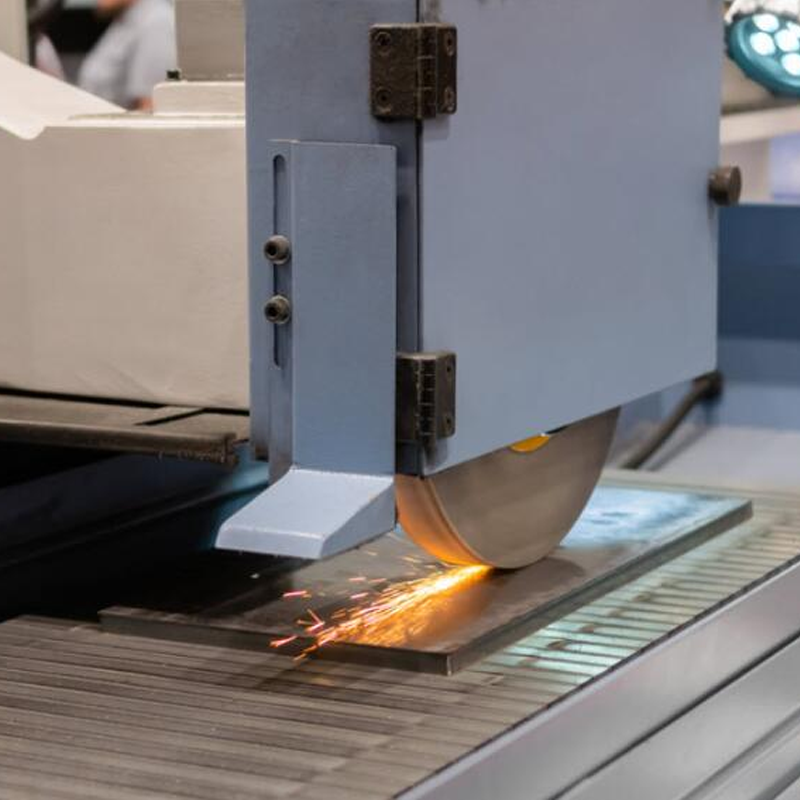
Plantmetal’s Expertise in Sheet Metal Grinding
At Plantmetal, we pride ourselves on our ability to deliver high-precision sheet metal grinding solutions. Our state-of-the-art grinding equipment, coupled with our expert technicians, ensures that every project meets the highest standards of quality and accuracy. Whether you’re working with aluminum, steel, or specialized alloys, we have the expertise and equipment to provide exceptional results.
Our team has extensive experience across various industries, including aerospace, automotive, and heavy machinery, where tight tolerances and superior surface finishes are critical. We use advanced grinding techniques and offer customized solutions to meet the unique requirements of each project.
If you’re seeking a reliable partner for your sheet metal grinding needs, Plantmetal is here to help. We offer both high-volume production and custom solutions, ensuring that your products meet the highest quality standards. Reach out to us today to learn more about how we can assist with your grinding projects. Let’s take your sheet metal fabrication to the next level!
